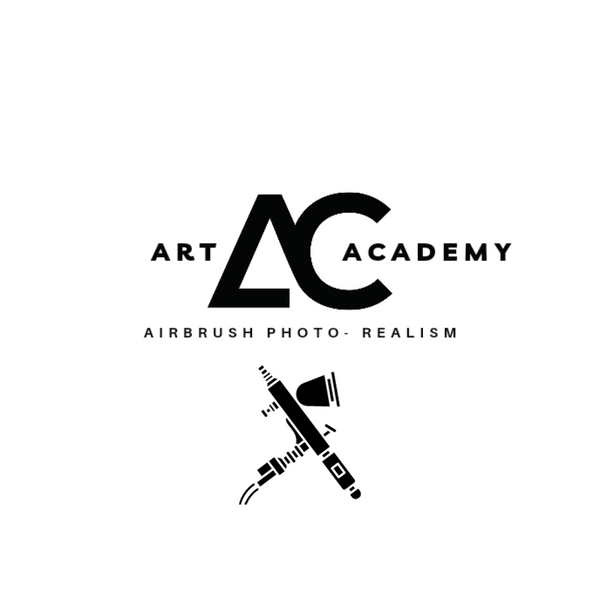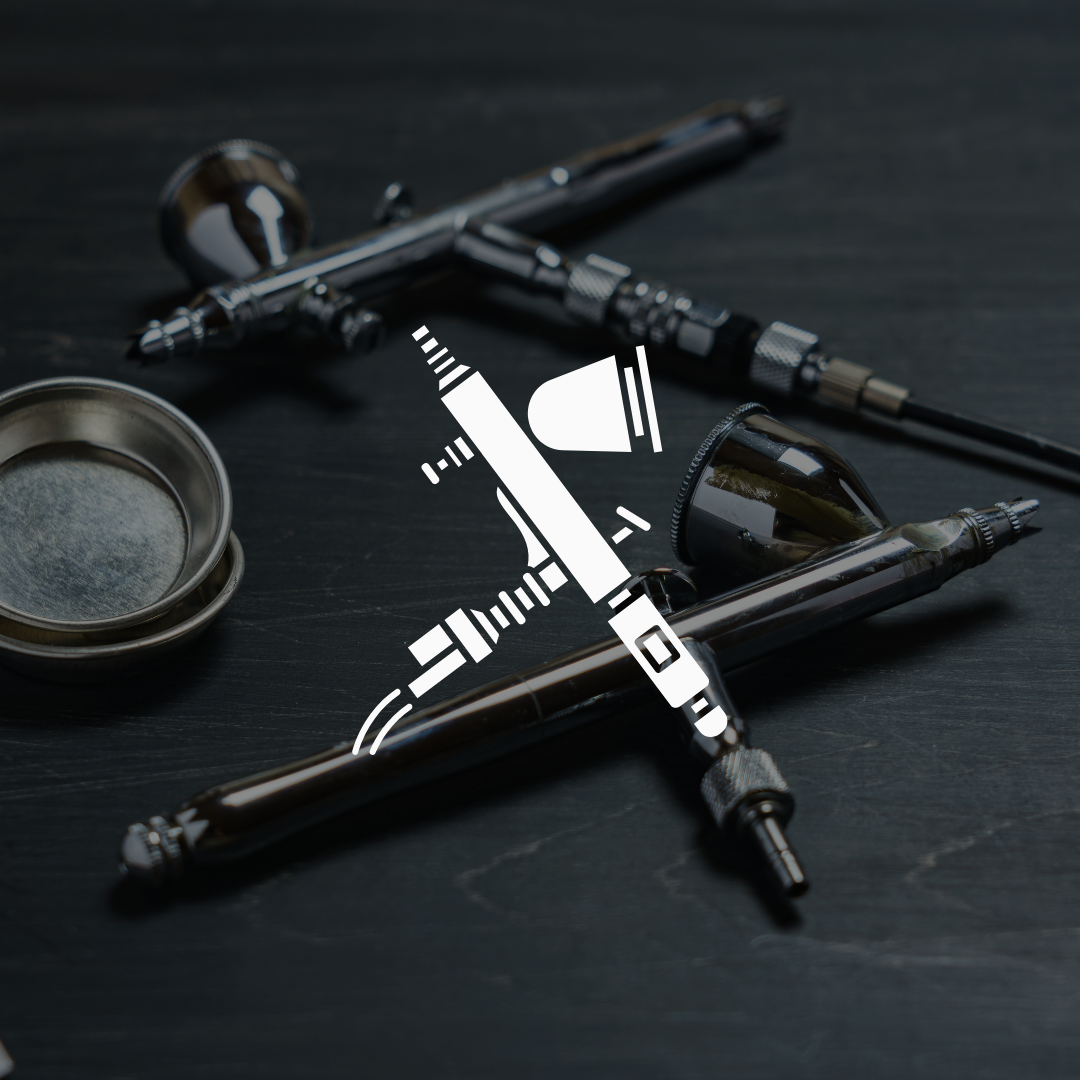Unveiling the Artistic Evolution: A Brief History of the Airbrush

In this blog post, we embark on a journey through time to explore the fascinating history of the airbrush and its transformative impact on the art world.
Birth of the Airbrush: The concept of the airbrush can be traced back to the late 19th century when a visionary man by the name of Francis Edgar Stanley sought a more efficient method to paint photographic retouches. In collaboration with an inventive mechanic named Abner Peeler, Stanley developed the first working airbrush in 1876. This original design utilized a hand-operated air pump to propel paint through a nozzle, creating a fine mist that allowed for precise control over the application of color.
As the airbrush gained recognition for its capabilities, its popularity spread among artists seeking to explore new possibilities in their work. In the early 20th century, talented artists like J.C. Leyendecker and Norman Rockwell embraced the airbrush to enhance their illustrations, creating vibrant and realistic images for magazines and advertisements. The airbrush's ability to achieve seamless gradients and smooth textures made it a game-changer in the realm of photorealistic art.
Expanding Boundaries: As technology advanced, so did the capabilities of the airbrush. In the mid-20th century, the introduction of the double-action airbrush further revolutionized the tool. This innovation allowed artists to control both the airflow and paint flow independently, providing even greater precision and control. The airbrush expanded its influence beyond commercial art, finding a place in fine art, automotive painting, makeup artistry, and even customizing various surfaces.
Contemporary Applications: Today, the airbrush continues to evolve and adapt to the needs of modern artists. Digital airbrushes have emerged, utilizing computer technology and pressure-sensitive stylus pens to replicate the effects of traditional airbrushing in digital art platforms. The versatility of the airbrush has also extended to new mediums such as body art, textile design, and automotive customizations. Artists around the world continue to push the boundaries of what is possible with this remarkable tool, creating awe-inspiring artworks that captivate and inspire.
Conclusion: The history of the airbrush is a testament to human ingenuity and the ever-evolving nature of artistic expression. From its humble beginnings as a retouching tool to its widespread adoption in various art forms, the airbrush has fundamentally transformed the way artists bring their visions to life. Whether used to create realistic portraits, stunning automotive designs, or imaginative illustrations, the airbrush remains an essential tool in the artist's arsenal. As we marvel at the incredible artworks produced with this versatile tool, we are reminded of the enduring power of innovation in shaping the art world.

